SUMMARY
This is AI generated summarization, which may have errors. For context, always refer to the full article.
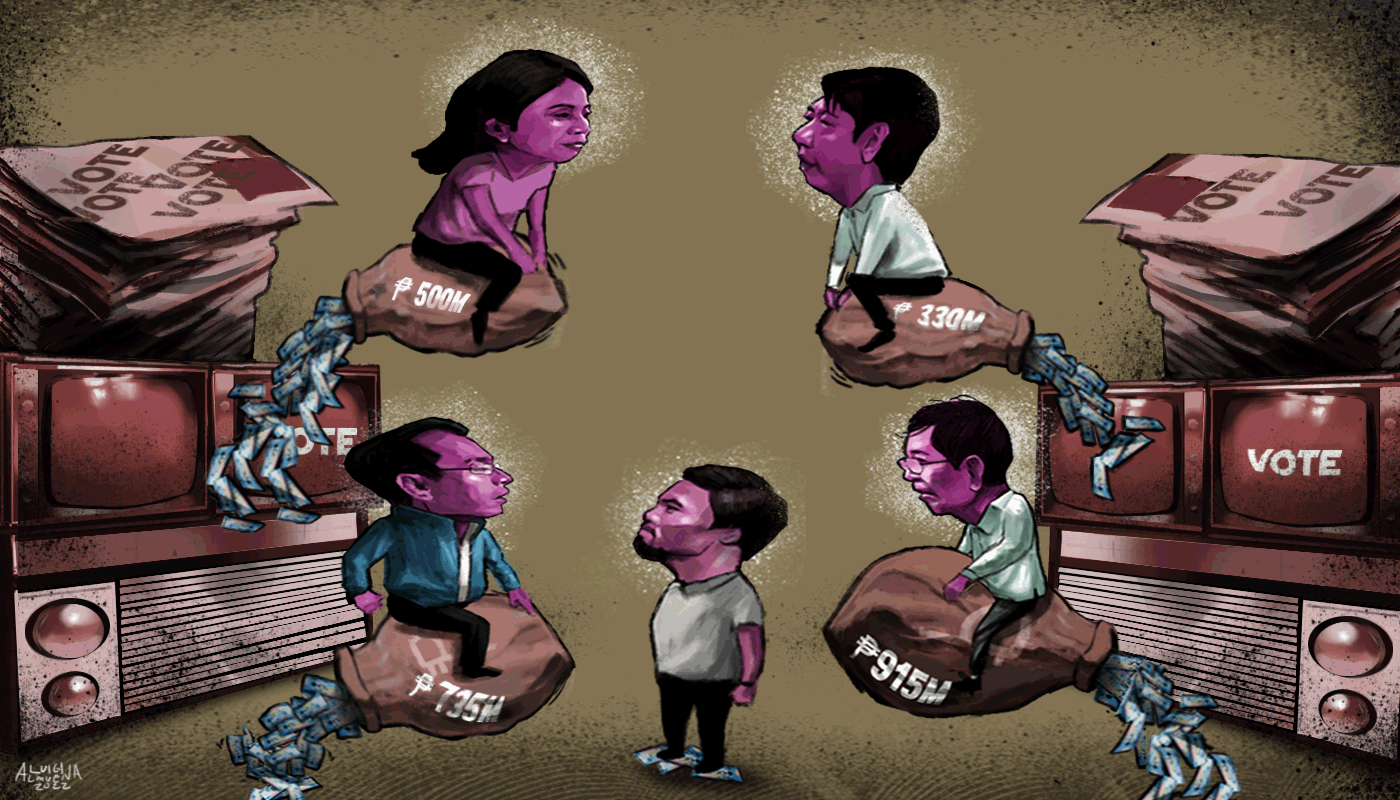
MANILA, Philippines – Presidential candidate Senator Panfilo Lacson has run traditional media ads worth almost P1 billion as of December 2021 – when it was still more than a month before the start of the campaign period on February 8 and no law banned or limited pre-election advertising.
Data from Nielsen showed that TV, radio, print, and outdoor billboard ads Lacson ran from January to December 2021 were worth P915.30 million. Separately, he shared ads with his running mate, Senate President Vicente Sotto III, worth P215 million.
The amounts were based on published rate cards of media outlets before discounts were given to his campaign team. Nielsen does not capture the negotiated or agency rates that candidates pay.
Under Republic Act 9006 or the Fair Election Act, a discount of up to 50% on candidates’ TV ads applies, for example. The law is effective during the campaign period, but campaign teams that spoke to the Philippine Center for Investigative Journalism (PCIJ) said they had received discounts this early.
Lacson, a former national police chief-turned-multi-term senator, has topped ad spending among all candidates in all positions on traditional media so far.
He doubled down on ad spending in November – a month before the December pre-election surveys – when he aired ads worth P496.68 million. It was a little more than half of his total ad spending on traditional media in 2021.
PCIJ reached out to Lacson and his spokesperson, Francisco Acedillo, to ask how the ads were paid. We will update this report as soon as we receive a response.
Lacson’s spending was followed closely by senators Sherwin Gatchalian (P910.81 million) and Joel Villanueva (P887.79 million), who are running for reelection, and former public works secretary Mark Villar (P838.42 million).
Among presidential candidates, Lacson was followed by Manila Mayor Isko Moreno Domagoso, who aired ads worth P735.44 million during the 12-month period. He also ran a few ads with his running mate Willie Ong worth P390,000.
Domagoso started a massive TV campaign in September 2021 in the run-up to the filing of candidacies, when he was being considered as the candidate of opposition coalition 1Sambayan. The group eventually endorsed Vice President Leni Robredo.
Domagoso aired ads worth P305.97 million in September and P331.51 million in October before he slowed down on spending in November (P92.76 million).
In December, he tightened his belt even further. He ran ads worth only P3.19 million.
Moreno’s ad spending is expected to increase again in January 2022. His ads have appeared during presidential interviews on TV and radio.

Potential conflicts of interest?
Heavy spending among candidates shows the “unfairness” of the country’s election system, said presidential candidate and labor leader Leody de Guzman, who could not afford ads on traditional media. He recorded zero spending in Nielsen’s data.
“‘Yan ang hindi fair sa sistema ng ating elections kasi paramihan ng pera. Parang, indirectly, ang eleksiyon, lalo na sa pangkapangulo, binibili,” De Guzman told the PCIJ in a phone interview. (That is what is unfair in our election system. It’s a contest between moneyed candidates. Indirectly, it’s like elections are for sale.)
This setup embroils future leaders in potential conflicts of interests because they are forced to rely on big businesses to fund their campaigns, he pointed out.
“Minsan sinasangla ang kanilang prinsipyo sa mga big business na may bilyon. ‘Yan ang nangyari sa ating bansa sa nagpalit-palit na gobyerno. Todo-todong pabor ay ibinigay doon sa mga nag-finance sa kanila. Siyempre naman, pagka interes ng malalaking negosyante ay kontra sa interes ng mga mamamayan,” he said.
(They sometimes compromise their principles with big businesses, which have the billions. That’s what has happened to our country across changing governments. Favors are given to those who financed their campaigns. Of course, the interests of big businessmen always run afoul of the public interest.)
De Guzman said that, in future elections, the government should shoulder the cost of introducing candidates to voters using state resources, such as government TV stations.
He said he would rely on media interviews to discuss his platform.
TV remains the top source of voters’ information about candidates, followed by radio and the internet, according to a Pulse Asia survey conducted in October 2021.
Robredo, Marcos catch up
Robredo and former senator Ferdinand “Bongbong“ Marcos Jr. caught up on their ad spending in the aftermath of the filing of candidacies in October.
After spending about P26,000 in March 2021 and less than P400,000 in July, Robredo began to pour more money into ads in August, when she aired ads worth P52 million. In November, Robredo spent P147.76 million and overtook Moreno’s spending that month.
In total, Robredo aired ads worth P500.47 million in 2021. She also had a few ads with her running mate, Senator Francis Pangilinan, worth P1.33 million.
After a slow start, Marcos topped ad spending among all candidates in December, signalling what could be the beginning of heavy spending to keep his double-digit lead in the polls.
He ran ads worth P310.26 million in December, or 94% of his total ad spending on traditional media in 2021.
Meanwhile, Senator Manny Pacquiao, who ranked fourth in the December Pulse Asia survey, only ran print ads worth P1.7 million in 2021.
Apart from the five, no other presidential candidates have figured in traditional media advertisements.
Senator Bong Go, who filed but later withdrew his presidential bid, aired ads worth P158.95 million. The amount was on top of his tandem ads with President Rodrigo Duterte, which were worth P5.35 million.
The Nielsen data does not include candidates’ spending on social media. Based on Facebook’s Ad Library, the Robredo camp topped spending on the social media platform in 2021 after shelling out P14.1 million. Among presidential candidates, she was followed by Lacson, who recorded spending P5.36 million.
Pacquiao spent P347,059 while Moreno spent a meager P5,031. Marcos snubbed advertising on the social media platform in 2021.
Poor survey showing for heavy ad spenders
Heavy ad spending by Lacson and Moreno did not immediately translate to better showing in the polls, however.
Lacson spent P496.68 million in November. It was a little more than half of his total spending in 2021.
His numbers did not improve in the succeeding survey conducted by Pulse Asia from December 1 to 6, 2021. He ranked fifth among presidential candidates, with just 6% of respondents saying they would vote for him.
His numbers also did not move compared with the September polling. There was a slight increase in the National Capital Region, but it was within the margin of error.
Moreno also spent heavily on ads, particularly in September and October 2021, when he ran ads worth over P300 million each month.
Moreno’s support dipped in the December survey, however, to 8% from 13%.
He suffered in Balance Luzon, where he went down to 10% from 16%. He also suffered in the Visayas, dropping to 6% from 15%.
Marcos topped the December Pulse Asia survey following the surprise move of Davao City Mayor Sara Duterte, who previously led the polls, to run as his vice president instead.
Robredo ranked second in the poll after her numbers improved 12 points to 20% in December from 8% in September.
Senate race: Heavy spenders join Magic 12
It was in the Senate race – known to be a game of name recall – where heavy spending appeared to have translated into poll numbers.
Senators Gatchalian and Villanueva, both seeking a second term, and Villar, son of billionaire businessman and former senator Manuel Villar Jr. and Senator Cynthia Villar, are close behind Lacson in spending.
Gatchalian aired ads worth P910.81 million; Villanueva, P887.79 million; and Villar, P838.42 million.
Alan Cayetano, who topped ad spending before the filing of candidacies in October 2021, slowed down toward the end of the year.
Cayetano aired ads worth P39.92 million in October after spending P187 million in September. In December, he aired ads worth less than P1 million.
In total, he ran ads worth P749.79 million and was the fifth top spender in 2021.
The amounts were on top of separate ads they shared with other candidates or family members. Earlier in 2021, Gatchalian ran ads with Mayor Sara worth P1.39 million. Villar shared ads with his father worth P221.42 million. Villanueva and Cayetano also ran shared ads worth P241.50 million.

Gatchalian, Villanueva, Villar, and Cayetano were in the “Magic 12” circle of winning candidates, based on the December survey of Pulse Asia.
The other top spenders among candidates for senator were former vice president Jejomar Binay, Senator Juan Miguel Zubiri, Senator Risa Hontiveros, Antique Representative Loren Legarda, former presidential spokesperson Harry Roque, former senators Gregorio Honasan II, JV Ejercito, Jinggoy Estrada, and Antonio Trillanes IV, former national police chief Guillermo Eleazar, and SAGIP Representative Rodante Marcoleta.
Advertising limits will be imposed beginning February 8, the start of the campaign period for national candidates.
An election reform law passed in 1991, Republic Act 7166, also limits ad spending of presidential candidates to P10 per voter or a maximum P640 million over the three-month period, based on the Commission on Election’s projected number of registered voters for the May 2022 elections. – Philippine Center for Investigative Journalism/Rappler.com
Illustrations by Joseph Luigi Almuena
Data from Nielsen Ad Intel
This piece is republished with permission from the Philippine Center for Investigative Journalism.
Add a comment
How does this make you feel?
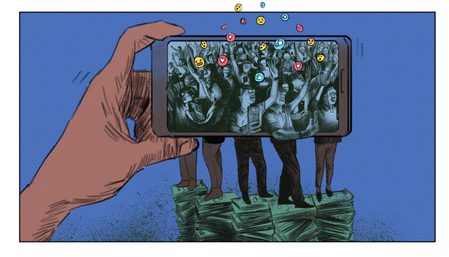
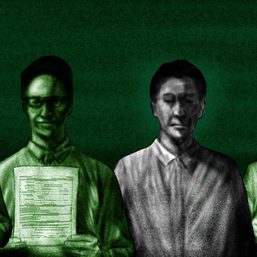
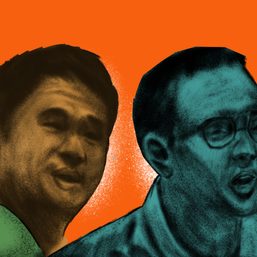
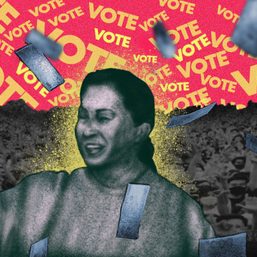
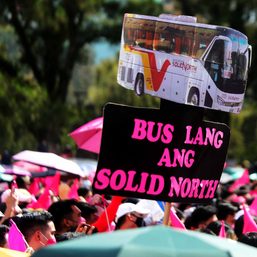
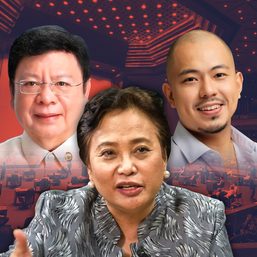
![[Newspoint] Improbable vote](https://www.rappler.com/tachyon/2023/03/Newspoint-improbable-vote-March-24-2023.jpg?resize=257%2C257&crop=339px%2C0px%2C720px%2C720px)
![[Newspoint] 19 million reasons](https://www.rappler.com/tachyon/2022/12/Newspoint-19-million-reasons-December-31-2022.jpg?resize=257%2C257&crop=181px%2C0px%2C900px%2C900px)
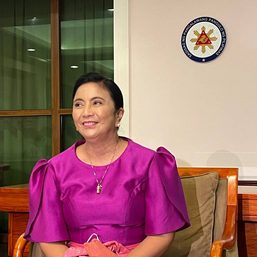
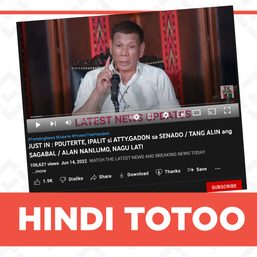
![[VIDEO EDITORIAL] Rogue’s gallery sa Senado](https://www.rappler.com/tachyon/2022/05/animated-new-senators-2022-carousel-1.jpg?resize=257%2C257&crop=302px%2C0px%2C1080px%2C1080px)
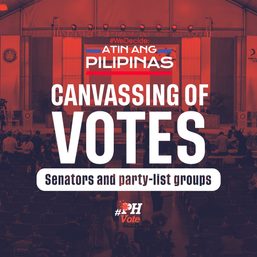
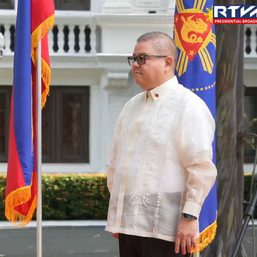
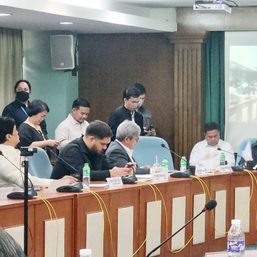
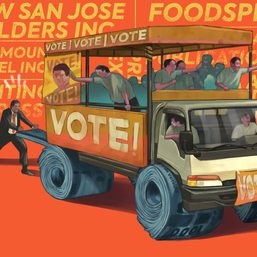

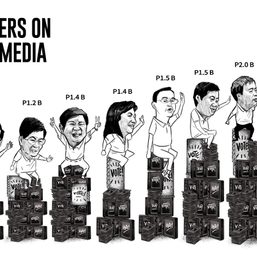
![[Stakeout] Ganid na ‘PR handler’ ang pahirap sa Pinoy](https://www.rappler.com/tachyon/2022/04/tl-3.jpg?resize=257%2C257&crop=430px%2C0px%2C1080px%2C1080px)
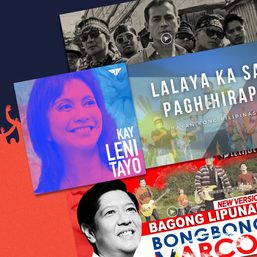
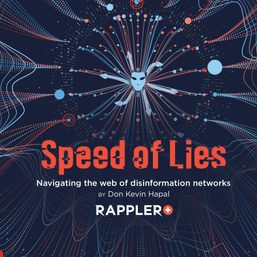
There are no comments yet. Add your comment to start the conversation.